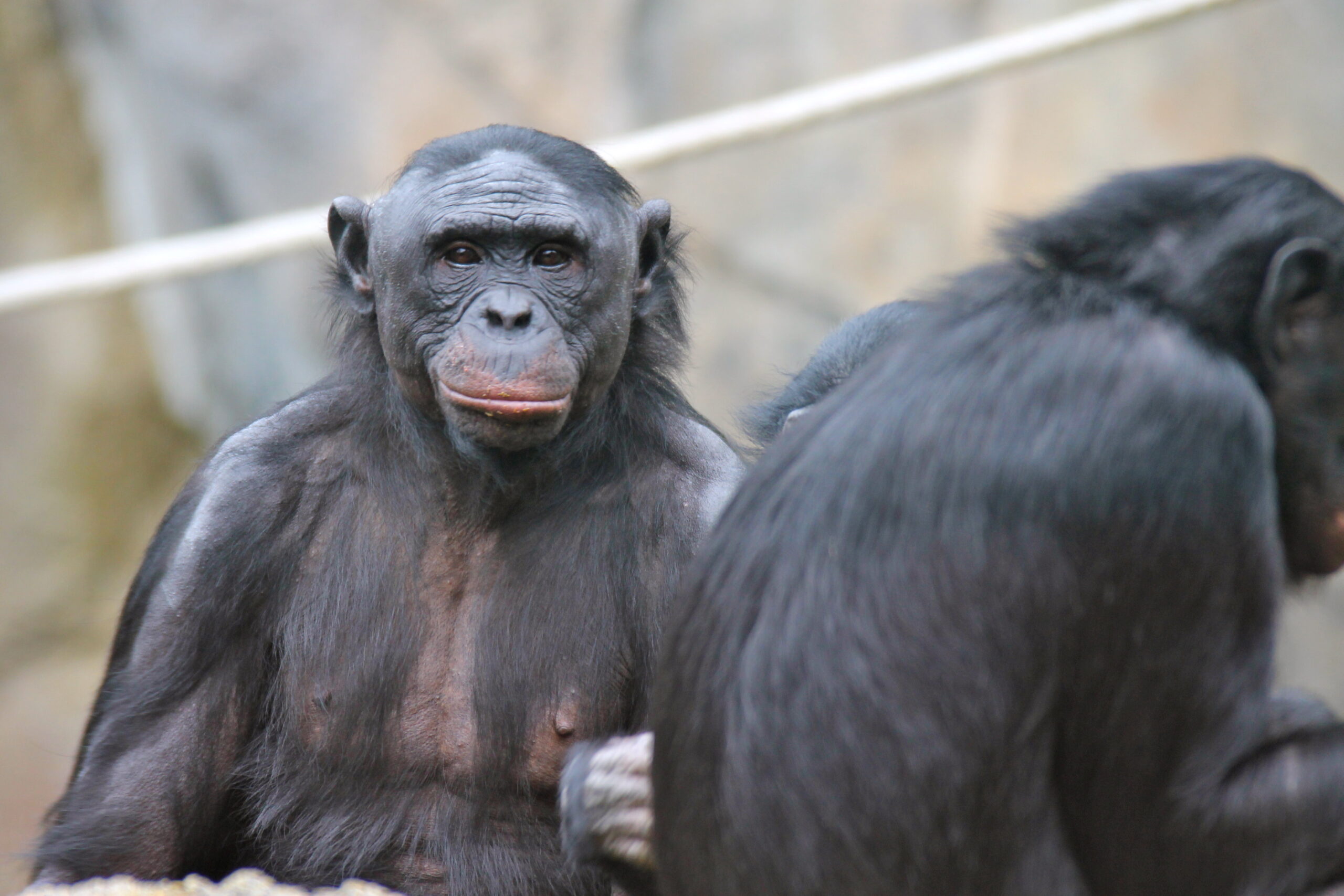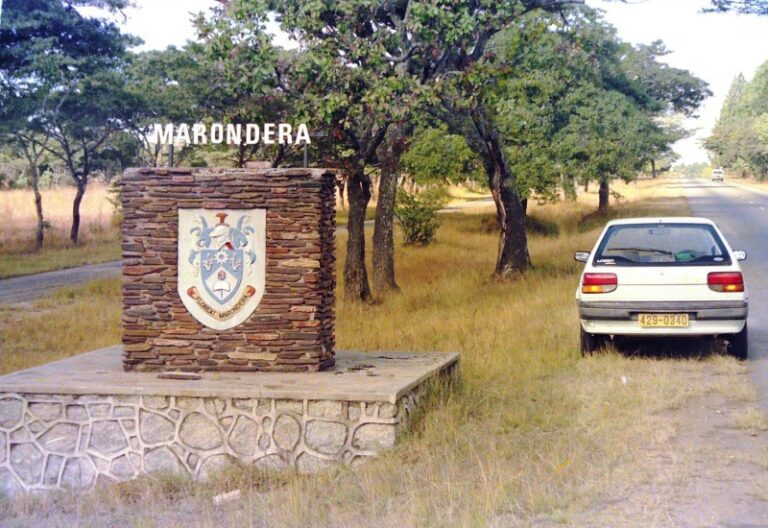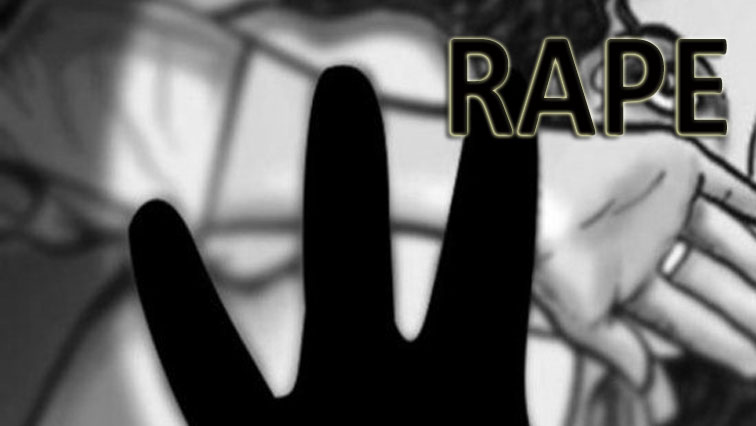
BY OSCAR NKALA
When he is not moonlighting as a taxi driver running visitors to and from the Ndjili International Airport in Kinshasa, Xavier Kasungu* is a fish and bushmeat trader operating from a stall outside his home in an overcrowded and impoverished sub-district of the sprawling capital city of the Democratic Republic of Congo.
As he weaves the 1970s Mercedes Benz through the traffic of unruly minibus drivers and motorcycle riders, he talks about himself, his family and why he has to supplement his meagre salary as a taxi driver by trading in bushmeat.
Nothing in his politeness fits the cut-throat impression I created from discussions with a friend who recommended Kasungu as the person who could talk knowledgeably and in confidence about the illegal bushmeat and live animal trade in Kinshasa.
By the time we got to his home, I had learnt that he is a trained school teacher who abandoned the profession in 1999 to join a government-allied militia which battled Rwandan and Ugandan troops in the Ituri and Mbuji-Mayi sectors of what came to be known as the “Eastern Front’ during the 1998-2002 Congo War.
But soon after entering his house, he put me through a very thorough body search that ended with all my gadgets piled up on the table in front of us to make sure I was not recording our discussion.
His para-military career ended in September 2001 amid a hail of AK-47 bullets that shattered his left leg and perforated his lower abdomen.
After 11 months of surgery, he got back on his feet and had just resigned himself to life in poverty when a friend contacted him seeking a quick favour that changed his life.
- Chamisa under fire over US$120K donation
- Mavhunga puts DeMbare into Chibuku quarterfinals
- Pension funds bet on Cabora Bassa oilfields
- Councils defy govt fire tender directive
Keep Reading
“He needed someone to go the port and pick up a consignment that was coming to Kinshasa by river boat.
“I went there, took the load and delivered it to an address in Gombe [an affluent suburban district of Kinshasa].
“It was only when they opened to check the goods that I realised I had delivered a load of gorilla and bonobo bushmeat.”
“The consignment also contained two gorilla heads, four gorilla hands and four gorilla feet, two bonobo feet and a few elephant tails.
“I was paid US$50 for my part and left.
“Within two days, I got another call from the same friend, and this time it led to me to where I am today,” Kasungu explained.
He received more calls and started running errands which included calling poachers, mainly in the Équateur Province, to coordinate the supply and delivery of meat, body parts and as well as live baby gorillas, chimpanzees, vervet monkeys, mandrills and bonobos to Kinshasa.
Kasungu graduated from being a runner for the army-linked great ape dealing syndicate and went on to set himself up as one of the biggest and most discreet great ape bushmeat and body parts traders of Kinshasa.
“After a year running great ape meat and body parts for the army syndicates around Kinshasa, I linked up with the big buyers in Kinshasa and beyond.
So I set up my own supply lines and markets in Dubai, Switzerland, Nigeria and China which take both meat and live gorilla, bonobo, chimpanzee, mandrill and vervet monkey babies.
“The markets in Dubai and China are mainly zoos seeking live apes for wealthy individuals who keep them as pets.
My Nigerian customers are traditional healers who use chimp, bonobo and gorilla body parts like hands and feet to enhance the power of magic portions. Customers in Switzerland take only bushmeat,” he said.
The trade in live baby primates is a by-product of the roaring illegal bushmeat trade, whose epicentre remains Kinshasa.
“Retailing at an average of US$1.50 per kilogram, gorilla meat is much cheaper than its beef and chicken alternatives, which sell for as much as $5.00 per kilogram around Kinshasa.
“Despite the opulence you see around, most people In Kinshasa are poor and cannot afford expensive foods. Secondly, they grew up in a culture and society that does not consider killing wild animals for food an offence.
“The capture of live baby apes started around 2004 when bushmeat poachers realised there was money to be made from killing mother apes for meat and body parts, and even more from selling their live babies to the many Kinshasa-based syndicates with links to zoo and pet shop operators in Dubai or China.
“By targeting mother apes with babies, poachers reap that double bonus,” he said.
From Congo Basin areas like Mbandaka in Équateur Province (gorillas) and the Mayombe Forest in Kongo Central Province (chimpanzees and bonobos) bushmeat, body parts and live baby apes are transported by air, water and road to storage and distribution points in Kinshasa.
These are mainly located in affluent suburbs where carports are fitted with improvised cold-rooms to freeze export-bound meat before it leaves through N’djili International Airport.
“You can move anything around the DRC if you pay bribes to the law enforcement agencies,” Kasungu said.
“Air transport is expensive but preferable for moving perishables like fresh meat from far flung areas like Équateur or Kisangani to Kinshasa. We clear the way by paying bribes to airport and customs officers at ports of departure and arrival to allow contraband goods through.
“River boats are also used for transporting non-perishable commodities like gorilla or chimpanzee skulls, feet and live captives because there are no checks all the way.
Some officers in the ports are paid by the syndicates to facilitate contraband movements and inform on planned security operations in return for fresh meat and cash payments.”
Once in Kinshasa, meat meant for local consumption is taken to distribution points around the city while export-bound consignments are repackaged and frozen before being loaded on aircraft to destinations that include Switzerland, Belgium and France where the majority of the Congolese diaspora lives.
Corrupt law enforcement
Oxpeckers spoke to a Congolese security agent based at the N’djili International Airport to understand how illegal wildlife trade products and live animals are allowed to slip through seemingly tight airport security systems. He asked not to be named for personal security reasons.
“It is not an issue of airport security personnel and electronic surveillance systems failing,” he said. “The people and systems work in a ‘guided operating environment’. Many illegitimate cargoes are brought to airport with orders from ‘above’ (usually politicians and security top brass) demanding that a certain package be taken straight to the plane without going through the scanners.
“Officers who get such orders consider themselves lucky because there are financial rewards or promotions for facilitating powerful law-breakers. No one can blow the whistle due to fear.
“Law enforcement agencies take political orders to uphold the rule of law, but how can they do that if the same politicians happen to be the law-breakers?
“We can’t stop the IWT syndicates without political will. Some officers try to implement the rule of law without fear, but they always know that they are doing so at their own risk.”
Live apes
According to the Global Financial Integrity Report of 2018, most of the live apes trafficked from West and Central Africa are transported by air to zoos and wealthy pet owners in the Middle East, China, Russia, Ukraine and member states of the Commonwealth of Independent States (CIS).
“The traffickers ship the animals to wholesalers and directly to final buyers using oft-repeated patterns of airlines and transit cities. Airlines they have preferred to use include Turkish Airlines, Ethiopian Airlines and Kenya Airways,” the report states.
Leading cities for initiating the flights include Conakry (Guinea), Kano (Nigeria), and Kinshasa (DRC). Sudan, Libya and Ethiopia often serve as transit hubs because they have major urban airports with convenient flight patterns and connections.
“Egypt (Cairo in particular), the United Arab Emirates and Armenia often serve as quick or longer transit points, or as destinations,” according to the GFI report, titled Illicit Financial Flows and the Illegal Trade in Great Apes.
Wholesalers in China, the UAE and Armenia often act as intermediaries between the traffickers and the final buyers in Asia, the Middle East and Russia. China has at least four known such wholesalers, including the biggest known as Golden Land Animal Trade. Three live animal wholesalers from the UAE and one from Armenia form the networks smuggling African great apes around the world.
The GFI report identified the growing middle class in South East Asia and exhibitionism among wealthy Middle Eastern families as among the principal drivers of the surging demand for African great ape pets.
“The primary buyers of Africa’s great apes reside in Africa, Europe, the Middle East and China, using them for pets, displays of wealth and commercial entertainment,” it states.
“The pet trade is primarily in Gulf countries, Russia and Eastern Europe. Great apes are given as gifts to VIPs to grease business deals, if one is an exotic pet collector. In the UAE, Kuwait or Qatar, wealthy families want a baby chimpanzee or gorilla in the garden for status.
“The commercial trade is mainly in China and South East Asia (especially Thailand).
“The growing middle class are increasingly interested in zoos and safari parks, and the owners of some facilities source African great apes from the black market instead of through reputable channels.
“There is additional demand for baby chimpanzees within Africa at hotels, village cafes, and as pets for wealthy families.”
The report estimated the annual retail value of the global trade in live infant and juvenile bonobos, gorillas and chimpanzees from Africa at US$8-million.
Critically endangered
According to the African Wildlife Foundation, the population of all African great ape sub-species is declining due to habitat loss, bushmeat hunting, disease and illegal wildlife trafficking. All are classified as critically endangered.
Neither the Congolese government nor partner organisations have databases showing the number of chimpanzees, gorillas, bonobos and rare monkeys killed or smuggled alive for sale out of the country.
However, open-sourcing of data reveals a snapshot that includes 31 vervet monkeys seized by Zimbabwean authorities en-route while being smuggled to South Africa in September 2020.
An analysis of seizures in the DRC conducted by the C4ADS Wildlife Seizure Dashboard shows that other endangered wildlife species are involved in this illegal trade.
Seizures related to ivory, leopard, pangolin, rhino horn and tiger trafficking between 2013 and 2022 show Kinshasa is the central city involved, Nairobi in Kenya is the top transit route, and transportation takes place most frequently by air and land.
The Wildlife Justice Commission analysed 52 pangolin seizures, including live animals and scales, made in the United States between 2016 and 2019 and found the DRC was the source country for at least nine of the pangolin poaching/trafficking offences.
None of the cases was detected by the local security agencies.
In a statement released in January 2022, Interpol reported that 50kg of elephant horn and 60 grey parrots destined for Uganda were among the illegal wildlife products seized during a global crackdown on wildlife trafficking that ran from June 2020 to December 2021.
* Not his real name.
This investigation by Oscar Nkala, an associate at Oxpeckers Investigative Environmental Journalism, was supported by the Center for Advanced Defense Studies.










